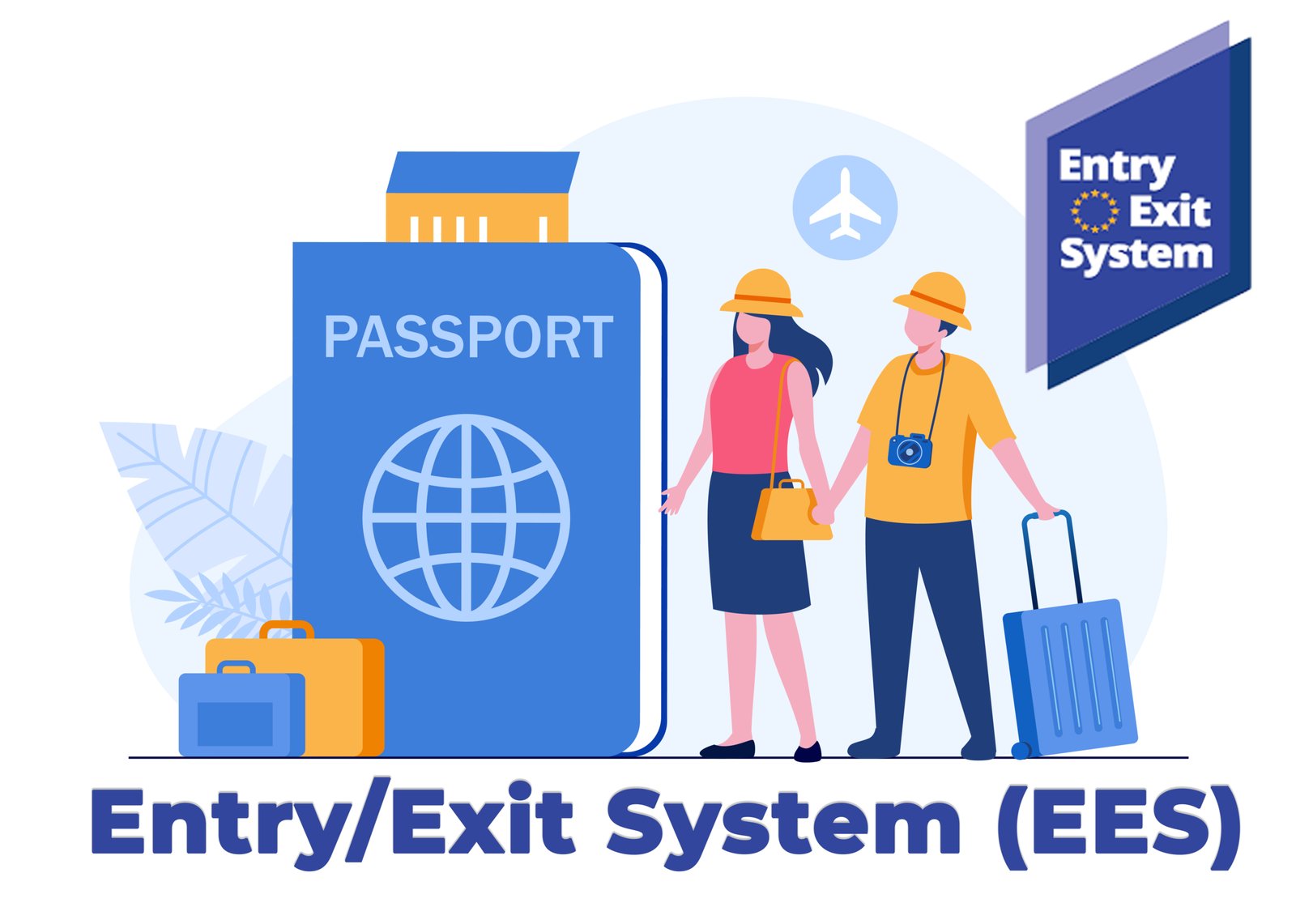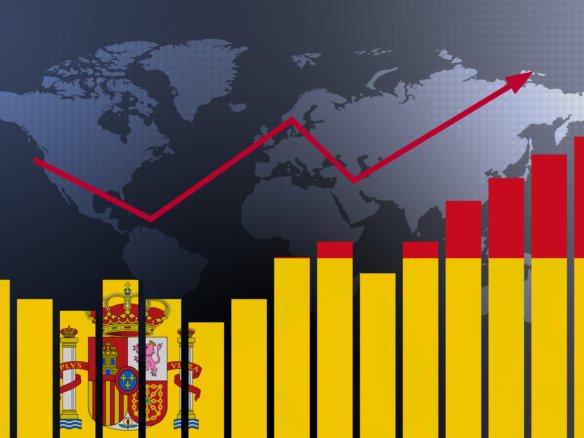- Start: 12 Oct 2025; phased roll-out to 10 Apr 2026 across Schengen external borders.
- Who’s affected: non-EU short-stay travellers (incl. UK/US/AU); exempt: EU/Schengen citizens & EU residents/long-stay visas.
- Biometrics at first crossing: facial image + four fingerprints; faster checks next time.
- Retention: 3 years (compliant stays); up to 5 years if no exit recorded.
- ETIAS: separate online authorisation, planned Q4 2026 (after EES).
The Entry/Exit System (EES) is the EU’s new digital border control for non-EU/Schengen short-stay travelers. It replaces most manual passport stamps with an electronic record of facial image, four fingerprints, passport data, and entry/exit dates each time you cross the external Schengen border including Spain’s airports, seaports, and land crossings. The EU has fixed 12 October 2025 as the start date, with a progressive roll-out across border points until 10 April 2026. Expect some variation by location during the transition.
Who is affected and who is exempt?
EES applies to third-country nationals making short stays (generally up to 90 days in any 180-day period). Travellers from visa-exempt countries (e.g., the UK, US, Australia) are included unless they hold EU residency. Exempt groups include EU/Schengen citizens, and non-EU nationals who hold an EU long-stay visa or residence permit (e.g., Spain’s TIE cardholders). Ireland and Cyprus are not applying EES at their borders.
What happens at the border?
On your first EES crossing after launch, a border officer or a self-service kiosk under officer supervision will capture your face and four fingerprints and create your EES record. On subsequent trips, checks are typically faster because your biometrics are already stored; verification usually requires a live facial image and data match. During the first months, some ports and airports may experience longer queues, so plan extra time.
Data protection & retention
Under Regulation (EU) 2017/2226, EES keeps data for 3 years for travellers who comply with the authorised stay. Where no exit is recorded (indicative of overstay), certain records may be kept up to 5 years. These limits are mirrored across official summaries and national implementations.
Spain-specific tips to make it smoother
- Arrive earlier than usual during the roll-out, especially at Madrid-Barajas and Barcelona.
- Prepare: passport open, hats/masks off for a clear facial capture; keep children close to the kiosk.
- Families: children under 12 are generally required to provide a facial image only; check local signage at the point of entry.
- Residents in Spain: carry your TIE / EU residence card to use the appropriate (exempt) process.
EES vs. ETIAS don’t confuse them
EES is a border-crossing system done at the frontier. ETIAS is a pre-travel authorisation many visa-exempt travellers will need online before their trip after it launches. The EU currently indicates ETIAS will begin in the last quarter of 2026, i.e., after EES is up and running.
Why EES matters for travellers and investors
EES automates the 90/180-day calculation, reduces stamping errors, and strengthens overstay detection ultimately making compliant travel easier over time. If you’re scouting property or planning a move to Spain, understanding who is exempt, what documents to bring, and how the roll-out timeline works can help you time viewings and relocation steps more efficiently, especially during the initial months when queues may be longer.
- Travel to Europe – EES portal (start date & gradual introduction).
- Revised timeline: EES first, ETIAS in Q4 2026.
- Data retention explained (EUR-Lex & national notices).





Join The Discussion